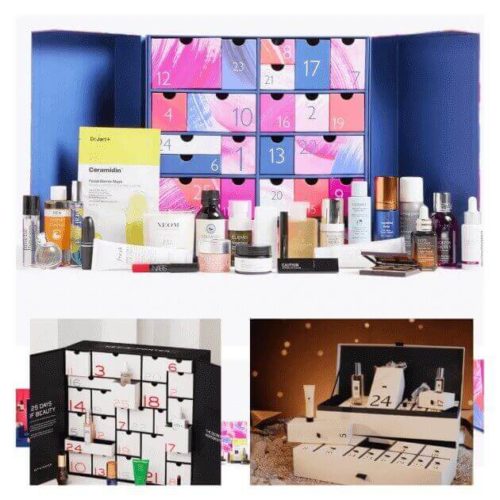Beauty (by which I mean everything from skincare to home fragrances) are massively popular. Many of my readers will save up and buy at least two calendars in the run-up to Christmas. (Actually, its a stretch of the imagination to associate them with Christmas because beauty calendars sell-out by mid-October and I have never known anyone to wait about two months to open a bag of goodies).
Each year, I look at the value for money proposition of a set number of advent calendars. These are one of my most read blogs because it turns out that when a calendar is promising additional value of $XYZ they don’t always hold up to closer scrutiny. E.g. Jo Malone at US$ 400+ offers one of the worst value but Net-a-porter at under US$ 325 offers the best value for money.
What’s trending?
However, I did want to highlight four notable trends:
- Almost all calendars have raised their prices without necessarily increasing the underlying additional value of their calendar. The range is 2% to 33%
- Most calendars feature skincare heavily at the expense of make-up and haircare: a natural consequence of COVID-19 I guess.
- Own brand calendars (e.g.) Jo Malone, Molton Brown offer the worst value for money.
- In a hugely competitive landscape, retailers are applying well-trodden tracks to increase demand (e.g.) create scarcity and surround product launch with secrecy, to drum up demand. Its such good old fashioned marketing that it leaves me with a warm and fuzzy feeling.
What bothers me?
Increasingly I have been thinking a lot about sustainability and the problem of wasted product. An advent calendar epitomises the problem so perfectly, as generally:
- Contains at least 10-15 travel-sized products in non-recyclable material
- The advent calendar itself maybe made of recycled material but is rarely recycled
- Out of 20-30 products, most people will not even use 60% of the calendar’s content. Really, I don’t need to use self-tanning lotion and false eyelashes. What do you do with the travel size products that you won’t use? It would take more time and effort to resell these and most of my readers don’t do any recycling of such products.
My challenge for next year
I want to recycle more and I want to buy products that don’t hurt the environment. I think for 2022, a set of ESG parameters especially taking into account the carbon footprint, will be on my to-do list.
